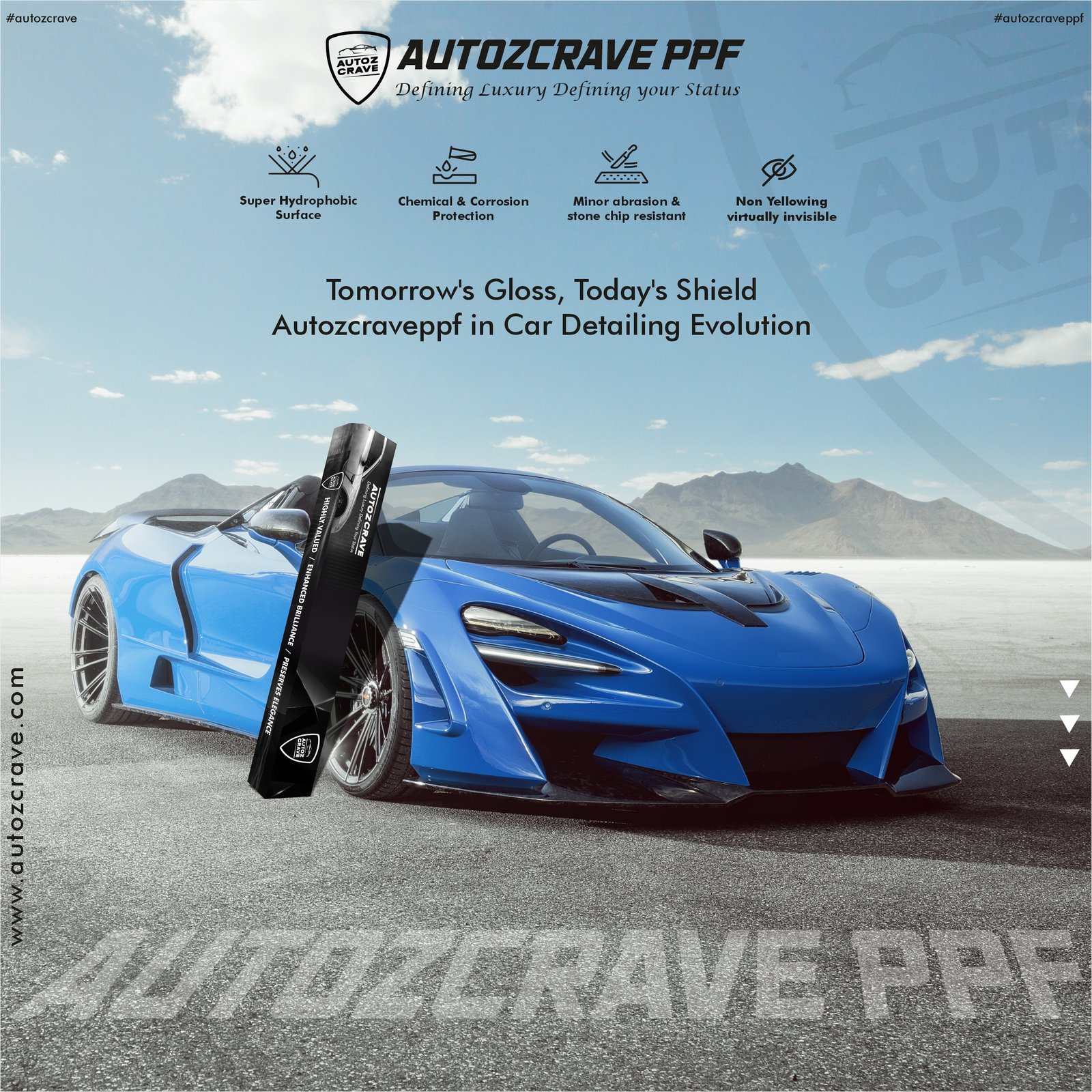Home Blog Details


Home Blog Details


Post By Autozcrave || 2024-07-27
PPF is a thermoplastic urethane film designed to protect automotive paint from various types of damage, including scratches, chips, stains, and UV rays. It’s often applied to high-impact areas such as the hood, fenders, mirrors, and bumpers. Paint Protection Film (PPF) is a clear, thin film applied to a vehicle's paint surface to protect it from various types of damage.

PPF is a thermoplastic urethane film designed to protect
automotive paint from various types of damage, including scratches, chips,
stains, and UV rays. It’s often applied to high-impact areas such as the hood,
fenders, mirrors, and bumpers. Paint Protection Film (PPF) is a clear, thin
film applied to a vehicle's paint surface to protect it from various types of
damage.
Paint Protection Film (PPF) is a clear, durable film applied
to a vehicle’s paint to protect it from scratches, chips, and other forms of
damage. There are several types of PPF available, each with distinct features
and benefits:
Self-Healing:
This self-healing: ability is due to the properties of the TPU material
used in the film. When the film is scratched or damaged, the heat from the sun
or the heat generated by the friction of rubbing the film with your finger
causes the TPU to soften and the scratch to disappear. The film is able to
reform itself to its original shape, thereby hiding the scratch.
Instant healing: Instant self-healing: Paint Protection Film (PPF) is a premium technology designed to keep vehicle
paint looking pristine by automatically repairing minor scratches, swirls, and
other surface imperfections.
Anti-yellowing:
Anti-yellowing refers to the film’s
ability to resist discoloration and yellowing that can occur due to exposure to
UV light, heat, and environmental contaminants. This feature is especially
important for maintaining the aesthetic appeal and effectiveness of the film
over its lifespan
Protection from
scratches and swirls: PPF acts as a barrier against minor scratches and
swirls caused by everyday driving.
Durable: The
film is tough and can withstand impacts from road debris and other
environmental hazards.
UV Protection:
PPF protects against UV rays that can cause paint to fade over time.
Easy maintenance:
PPF makes cleaning easier, as it provides a smooth surface that resists dirt
and stains.
Preparation:
The vehicle's surface must be clean and free of contaminants. Any imperfections
in the paint should be addressed before applying the film.
Cutting & Applying:
The film is either pre-cut to fit specific areas of the vehicle or cut on-site.
It’s then carefully applied using water and a squeegee to remove air bubbles
and ensure a smooth finish.
Curing: After
application, the film needs to cure for a period, usually a few days, to fully
adhere to the paint
1.
Protection:
Protects against rock chips, scratches, and swirls
2.
Resale Value:
Helps maintain the appearance of the vehicle, potentially increasing its resale
value.
3.
UV
Protection: Prevents Paint Fading and Discoloration
4.
Easier
Cleaning: Prevents Paint Damage from Insect Splatters and Road Tar
1. Easy
cleaning with mild soap and water
2. Avoid using
harsh chemicals or abrasive materials
3. Regular
washing and drying to maintain appearance
Cost: PPF can be expensive, especially for high-quality films and professional installation.
Edge Visibility: Depending on the quality of the installation, the edges of the film may be visible.
Long-Term Care: While PPF is durable, it may need to be replaced or repaired over time, especially if it gets damaged.
Paint Protection Film is a long-lasting solution that protects your car's paint from a variety of damages. PPF will protect your vehicle with its anti-contamination and self-healing technologies.
Watch This :- Paint Protection Film